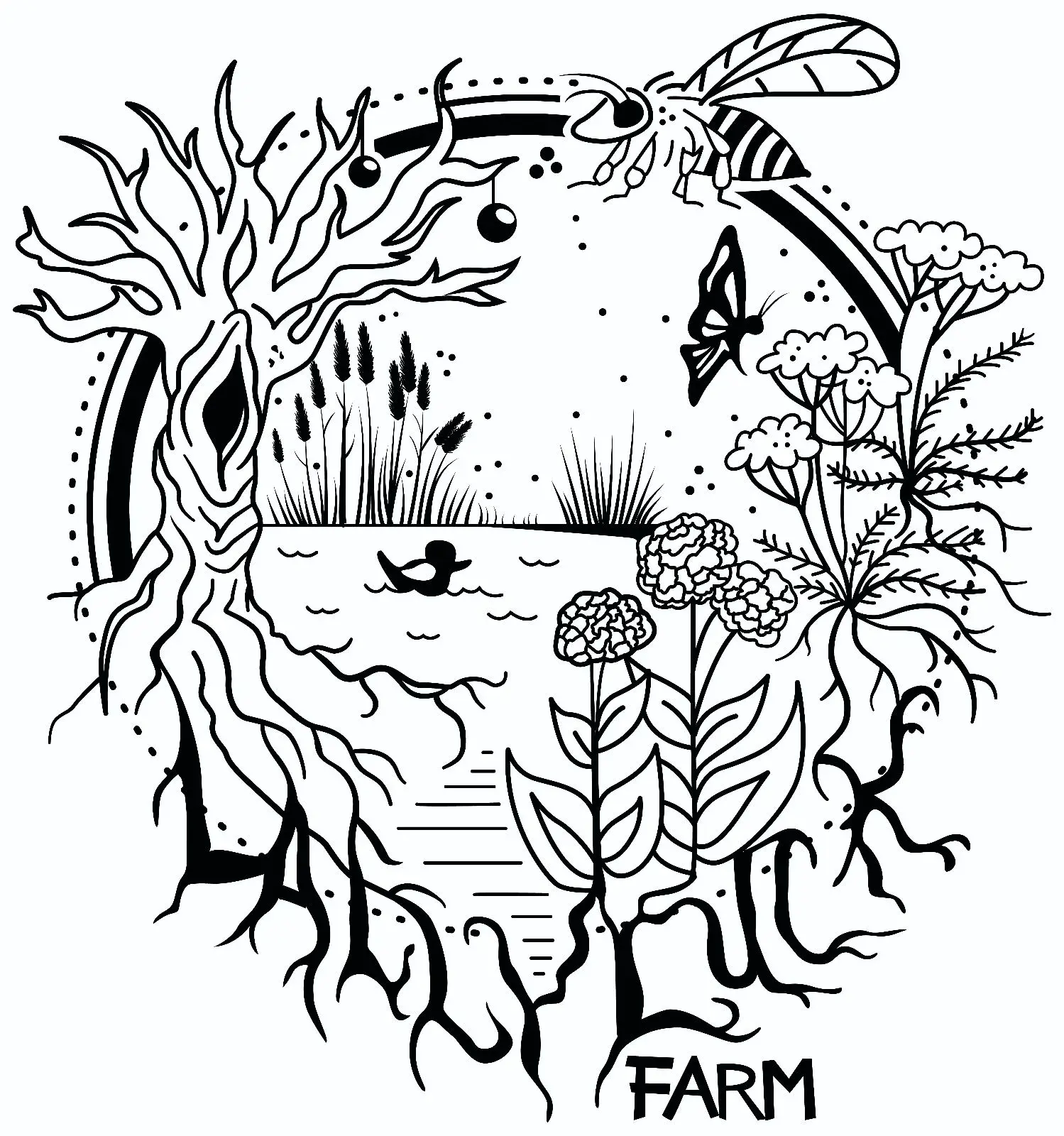

That’s awesome that it’s flowering for you! There’s always that worry about whether what I’ve transplanted is happy in its new spot, but new shoots and flowers are a sign that you did a great job
Small scale permaculture nursery in Maine, education enthusiast, and usually verbose.


That’s awesome that it’s flowering for you! There’s always that worry about whether what I’ve transplanted is happy in its new spot, but new shoots and flowers are a sign that you did a great job
Which is probably a first for some of these folks
Whitewashing is the act of minimizing or covering up vices, crimes or scandals, or of exonerating the guilty by means of a perfunctory investigation or biased presentation of data with the intention to improve someone’s reputation.


Happy to help! And we’re looking forward to seeing and hearing about your garden journey this year!


I think I can safely speak for folks here and say that we would love to see some pictures of your next collection trip!


Yes! The “check out” procedure is writing down what you took and promising to do your best to bring seeds back when you harvest so others can grow them too. Our library repurposed one of the old card catalogue drawer sections to organize the seeds. The whole thing is relatively small, and is on a mobile wheelchair accessible table. It’s totally worth seeing if your nearby library would host it. Our local grocery store even donated packets this year.


Short answer: you can decompose your weeds in water without oxygen and retain non-oxidized phytonutrient forms to feed your plot. Put a lid on the bucket (it’s stinky) and wait 3 or more weeks before distributing with water at 10 - 50:1 ratios.
Longer answer: in an oxygen rich environment, the nutrients held by the garden waste and weeds are acted upon by a certain set of decomposition organisms, resulting in oxidized forms of those nutrients, their base elements, or a compound resulting from those biological processes. Without that available oxygen, different organisms and processes take over and result in different forms of those nutrients. There is some oxidation occurring when you mix it for dilution or expose it to the air, but enough of that form of nutrient will become available to your plants and the subsoil community they support.
Why does that matter?
Soils are living entities teeming with absolute scads of life forms, and are in a state of constant change through processes like gas exchange, hydration, and the fluctuations of chemical signals from the plants and microbiology in the vicinity. When we fertilize, it’s in our interests to feed as many forms of our nutrients to our plants as we can responsibly manage, since that variety of nutrition will benefit the subsoil communities that are the engine of the soils we’re cultivating.
During periods of wet soils - whether due to a continued rain event or one big deluge that won’t drain away - there are functional anaerobes that will continue working to provide gas exchange and nutrient harvesting for our plants, since the aerobic microorganisms are either dormant or dying. Even when these events aren’t catastrophic, our plants can suffer from a lack of these services. It’s possible to inoculate your soil with some of these organisms by incorporating anaerobic liquid fertilizers you’ve made yourself from the weeds you’re pulling.
Since those weeds are often doing the work of sequestering scarce nutrients by drawing them from subsoils or by using overabundant ones to advance the succession of the plants, we can use their hard work (and sacrifice) to replenish those nutrients they’re accumulating to the benefit of other plants we’re intentionally growing. This is a hyper-localized fertilization method for the exact patch you’re growing in, as dictated by what the soil is expressing from its latent seed bank.


I’m going to check out your write up for sure! What you shared last year might have contributed to how weirdly enthusiastically I accepted the seeds.


Sounds like you’ve got all the fixin’s for some anaerobic fertilizer!


I love this with every fiber of my being, in part because I had to look up all of those plants! Can you tell us more about the native plant nursery you volunteer with, or how you go about locating and eco-sourcing the seeds?


I’d highly recommend checking out the work done and books authored by Martin Crawford for inspiration and details. In lieu of that, here are two pictures of tables from the appendices of Creating a Forest Garden:


Please note that not all of these are native to the region, which may or may not be a deal breaker for your goals

This was wicked cute
Give em a good wash and use them as seed containers, whether for single plant species or for mixes


“I forgot one thing about the guy who had gained the ability to fly - it was actually only for a foot or two, and only an inch or so high”


We’ve had good experiences transplanting them during the early part of the growing season, maybe someone nearby would let you take a clump or three to get you started. They can spread pretty prolifically from a start like that. I haven’t noticed them spreading seed very far, but their roots will spread them out readily.


I’m in love with your plans and goals! Something that’s resisted a lot of wear from our dog’s circuits has been wild violets, and we’re seeing more clovers volunteering in those patches alongside them.
It sounds like just the right amount of ambition to me, I’m hopeful you’ll see great results and will share them with us here!


We have a few small welded wire rings, roughly 3 feet in diameter and 4 feet high, that we use around the bird yard. That’s about the minimum size to get the piles to heat to the point of being able to kill off most seeds that make it in there, and it’s a simple thing to lift the ring and move it over so the pile can be turned. You could make it smaller if you’re not too concerned with volunteer plants sprouting. I know a few folks who will line the inside with landscape felt (not the plastic stuff) to have less material fall through the gaps in the wire and make them look a little cleaner, if that’s something you’re interested in.


Not all poly is equally UV resistant. If your roll has branding information on it I would highly recommend checking that before using it. Cleaning up the pieces of the wrong poly is a huge pain because it fragments more while you’re trying to pick it up.
If what you have lying around isn’t up to the task, ask around at your local greenhouses for offcuts from their last greenhouse skins. The box stores will try to sell you rolls from the paint department, and that’s no good for this. You could also try any local dance studios about tulle they didn’t use - plenty of folks use fabric mesh to do their brassica low tunnels.


We got ours from a larger farm nearby a few years ago - they had purchased a soy based fertilizer and the distributor didn’t have any return/recycle incentives so the farmer was selling them on the cheap. I think we found the guy through the farm & garden craigslist section but I can’t really speak to how reliable that is anymore. If you’ve got a winter farmers market around you it might be worth asking around there (I’m loathe to suggest fb marketplace but if you’re already there that might be convenient as well)
Looking real good!